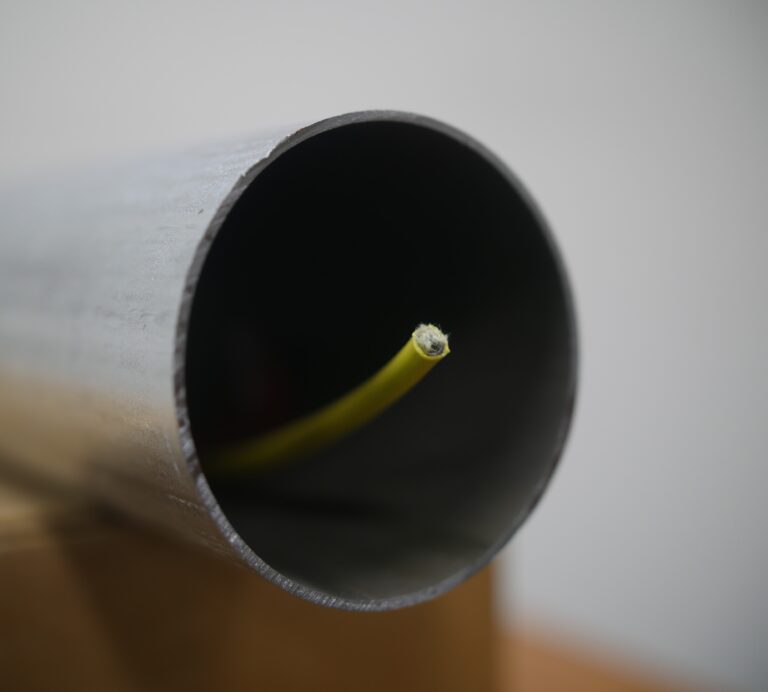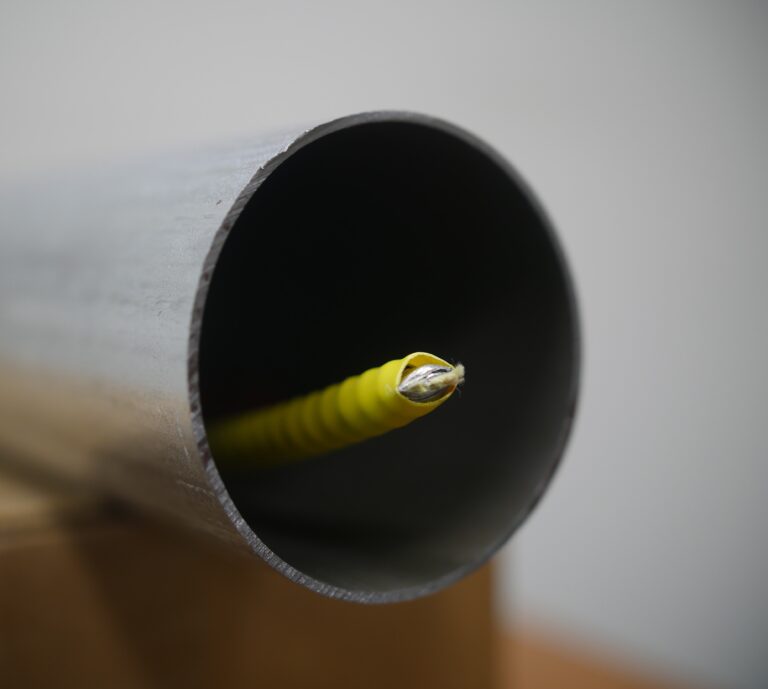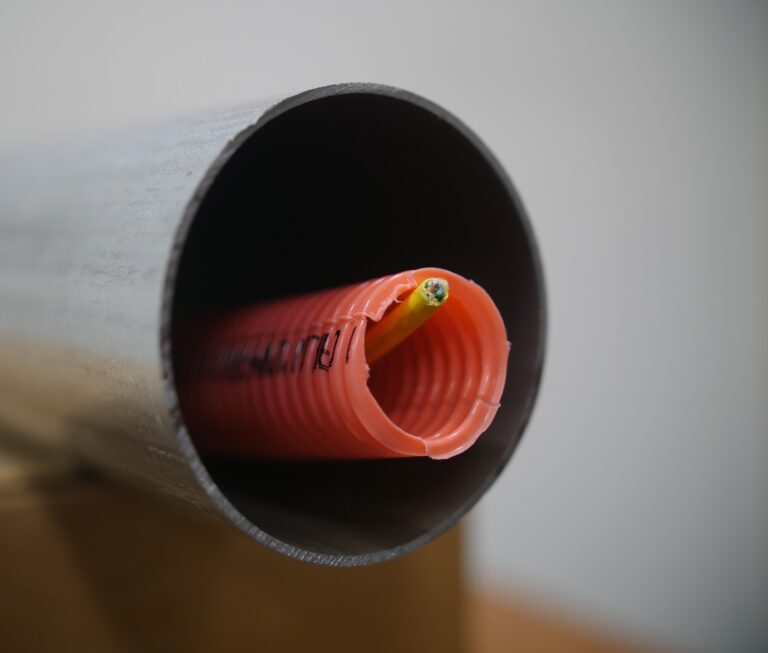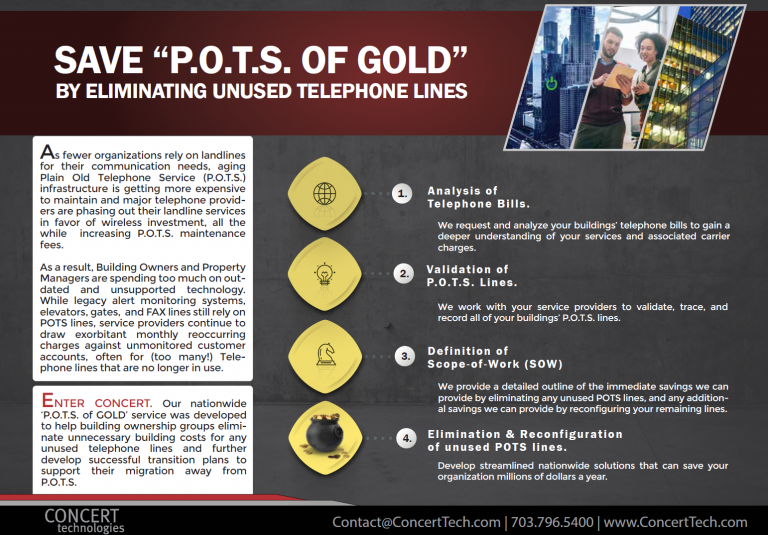Building Infrastructure Challenges: Innerduct
The purpose of innerduct is to provide visual separation of fiber cabling from all other cabling, as well as to provide an additional level of protection both during the installation process, as well as for day-to-day operation (protection from accidental cutting, etc.).
However, fiber optic cabling is far more resilient today than it was when it was first being deployed in ISP (Inside Plant) environments; its bend radius is more forgiving, its jacketing is more protective, and even unarmored, jacketed fiber can now be considered safe from harm when deployed in an infrastructure which is actively monitored and managed
Armored vs. Innerduct Cabling
Fiber optic cabling is far more resilient today than it was when it was first being deployed. Its bend radius is more forgiving, its jacketing is more protective, and even unarmored, jacketed fiber can now be considered safe from harm when deployed in an infrastructure which is actively monitored and managed.
There exists no requirement in ICT industry standards that innerduct must be installed along with fiber optic cabling. Carriers will often come in with their own requirement that their fiber travels alone through its own innerduct and no other cabling is permitted to share the same space.
To the right is a set of pictures showcasing a standard 4” conduit and the amount of space that fills up using armored vs. innerduct cabling.



Innerduct Moving Forward
Understanding the historical innerduct requirement and resultant (likely) pre-existing congestion in the riser system and considering the additional circuit deployment that will occur over time just by virtue of a CRE Property typically being a multi-tenant environment, the CRE Property should consider the “readiness” of the riser systems and other restrictive pathways to accept additional cabling.
It is entirely possible that this gradual increase in media deployment will necessitate either, 1.) The procurement of coring services to produce more capacity – a service which is costly and time-consuming, or, 2.) The procurement of remedial services to remove the unnecessary innerduct (another costly and time/resource-consuming service), thereby reclaiming core capacity.
It is important to understand that the Carrier is bound to abide by the site’s requirements. If the CRE property were to dictate “no innerduct shall be used” (or substituted alternative) to save core holes, conduits, and other restrictive pathways spaces, that property requirement would override the desires of the Carrier.
Please read our additional Content for more information on maximizing core hole capacity.
Virtual Project Management On-Demand
Virtual Project Management On-Demand by riserSAFE is reducing the need for site surveys at CRE properties across the US.
TECH READY BUILDINGS
Making Your Building Smarter Today Than Yesterday
Tech Ready Buildings actively support the integration of new digital technologies and leverage on-going connectivity automation for Smart Buildings to enhance building performance and occupant experience, Making Your Building Smarter Today Than Yesterday.

